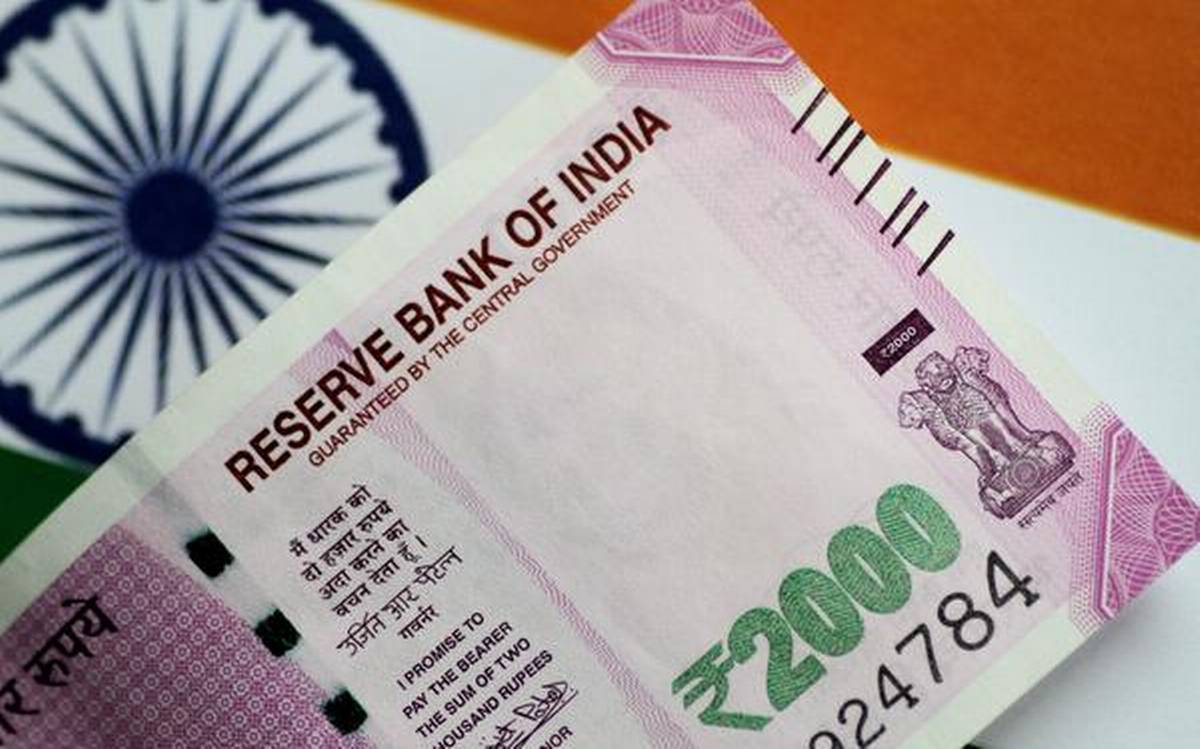
Ashish Krishna
Last quarter saw Indian growth rate plummeting to 4.5 percent which has been the lowest number any quarter has seen in past 6 years. Last time the economy got to see such a number was in the fiscal year 2013. This has led to raging debate amongst various stakeholders and also a cat fight between government and the opposition. Though late but Finance Minister, Nirmala Sitharaman has accepted that all is not well with the Indian economy thus shedding reluctance to accept the dismal state of economy. Government side has attributed the slowing growth rate to the cyclical boom and recession in conjunction with subdued growth in the western economies while the opposition coupled with some renowned economists have attributed the slow growth to the structural issTues of the economy which are primarily because of flawed domestic policies, particularly demonetisation and hasty GST implementation.
Structural or Cyclical?
The question cannot be answered in binary and the answer lies in the grey zone. World economy has seen sluggish growth rate in past few fiscals and recent forecast by World Economic Outlook has pegged down the global growth rate at 3.2 percent for the year 2019 vis-a-vis 3.7 percent in the year 2018. Post 1991 liberalisation, the Indian economy has rapidly integrated with the world economy and hence, is not so immune to global upheavals as it used to be prior to the liberalisation. Thus weakening growth in the west substantially hits Indian exports, manufacturing, investments and most importantly the employment which is part of the political economy. The subdued growth in the developed economies has hit the Indian exports in a big way and this has aggravated the unemployment problem which has been a perennial issue with the Indian economy.
Another issue has been the juggernauts the economy witnesses which is the thumb rule of any economy, the boom period is necessarily followed by a recessionary phase. Indian economy saw the crests in the fiscals 2008, 2009 when it was doing really good. Subsequently occurrence of global meltdown followed by Fed tapering severely dented the global economy and India was no exception to it. It also had its share of dents. The boom period saw various sectors particularly the Real Estate, Power, automobile sector doing really good. They became bullish and in expectation of better economic prospects started investing aggressively. The investment primarily was sourced from the banking sector due to not so developed capital market. What followed was worrisome, the cycle now had the trough and the aggregate demand started plummeting. This led to unsold inventories. The banks, the corporate suffered as the latter has borrowed heavily from the former and this led to the classic problem of Twin Balancesheet Syndrome, whereby balancesheet of both corporate and banks suffered therefore leading to piling up of NPAs in the banking sector. Economy is still not out of it and the hangover is still very much alive. The cronyism led to ever-greening of loans and finally with the change of the government in 2014 it was decided that now is the time to solve the NPA malaise.
The resolution of NPA issue has made banks cynical in giving out new credits. They are worried about their balancesheet and have been reluctant in issuing fresh credit primarily because of NPA hangover. Consequently, the corporate India has been credit starved and this had led to very slow growth of investment and capital formation. This has led to serious issue with interest rate transmission by the RBI. The totality of various factors has affected the employment severely. The foreign capital on account of FDI and FII has also suffered because of sluggish growth in west. These factors have aggravated the problems of investment climate in India.
Now comes the structural part, the ghosts of demonisation and hasty GST regime has negatively affected the economy. GST revenues for continuous fiscals have seen the shortfalls. Though the center has committed that it will compensate the states to an extent but this poses serious question on the fiscal health of India in times to come. The government has been reluctant to follow the tenets of the Keynesian economics whereby the state comes in to fill in the gap when the private sector is faltering. With Gross Capital Formation falling substantially from the private side it should be the duty of the government to step in and make up for the shortfall. However, of late the Finance Minister has assured that the Centre would be pumping in more that a lakh crore over the period of 5 years in the infrastructure sector. If executed well this investment is going to have multiplier effects and favorable backward and forward linkages. In addition the government should also focus on creating requisite social infrastructure primarily in health and education sector.
What holds for India?
India has vowed to become a $ 5 trillion economy by 2025 which is an ambitious target given the present state of economy. Rather than going into binary and pinning the problem as ‘either this or that’ is problematic. Oft-heard term is structural reforms which in itself is not bad but there is no universal consensus on what exactly constitutes structural reforms and neither India has time for that as we are already late in reaping the demographic dividend. India should start picking problem and quick fix it. This requires multiple piece-meal reforms which can simultaneously be placed. For instance, giving a boost to export segment. Here India can provide tax holidays, provide the units with tax subsidy and can quickly resolve the FTAs with other economies. This will help make our exports competitive, earn us forex and most importantly heal the unemployment issue substantially. Likewise other sectors such as construction, mining and other sectors with high employment elasticity should be picked and be treated with judicious and efficient quick-fixes.
GST regime needs to be made more predictable and efficient. Over the period of time, the numbers of slabs should be brought down and the highest bracket should be lowered. This one step would instill confidence among India Inc and therefore improve the investment climate in the country. On cyclical front, the RBI along with the finance ministry should draw a tenable road-map whereby mechanism to guard Indian economy can be institutionalised. The dents from the global vagaries can be be minimised to the least with such institutionalisation. RBI also need to regulate the banking sector effectively so that the interest rate transmission process happens in seamless manner otherwise there would be no gains from the cuts in repo rate. It has been seen that the recent rate cuts have not benefited the borrowers much and the final rate change at the bank level has been less than one-fifth of the repo rate cuts.
Lastly, though global integration of Indian economy with that of the world has brought various gains to India but in the period of three decades India has not been able to place itself as a strategic component in global high value chain. The initiative like ‘Make in India’ should be executed in spirit and not just letter. Moving up the ladders in high value chain will make the economy more vibrant and India will be in position to have high value internal trades, lesser import dependency, thus shielding the economy from global vagaries.
 Jubilee Post News & Views
Jubilee Post News & Views





